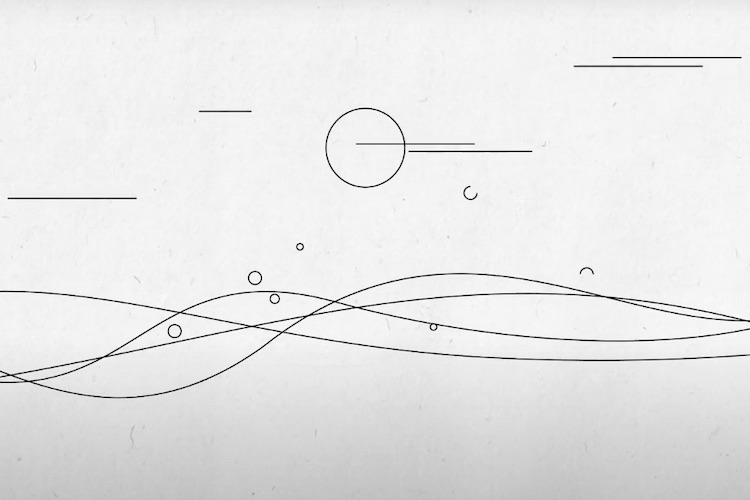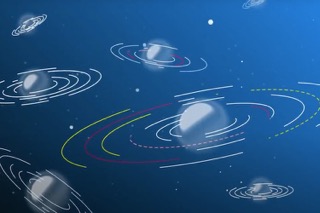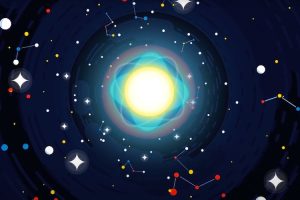D/H ratio in Solar System
Staff Member at Max Planck Institute for Solar System Research, Paul Hartogh, on the use of the deuterium/hydr...

In September the Monthly Notices of the Royal Astronomical Society published an article called ‘High-resolution Br γ spectro-interferometry of the transitional Herbig Ae/Be star HD 100546: a Keplerian gaseous disc inside the inner rim’. We asked one of the authors, Dr Ignacio Mendigutía from University of Leeds to comment on this paper.
We have observed the innermost region of the HD 100546 system. This is a young star surrounded by a large gas and dust, disk-shaped structure where we believe that one or more planets are being formed. Our observations have revealed an additional gaseous disk that surrounds the central star at a distance smaller than 0.25 au from it (1 au being the distance that separates the Earth from the Sun). Since the star is at ~ 330 light years from us, such a small region cannot be observed with any available telescope. Instead, we have combined the resolving power of three “Very Large Telescopes (VLTs)” in Chile using the instrument AMBER. We have characterized some properties of the the newly discovered disk, for instance, its rotation is counter-clockwise, and the amount of material that is falling on to the central star due to its gravitational/magnetic attraction is around 10 times the mass of our Moon every year. Given that the total mass of the gas disk is only a few times the mass of the Moon, at that “accretion rate” the disk would completely fall on to the star and disappear in several months. It is highly improbable that we have had detected it precisely during this short period of time, taking into account that young stars evolve on timescales of several million years. The most plausible conclusion then is that the disk is somehow being replenished with material. One exciting possibility suggested by theory and previous observations of other systems is that a planet in formation is channeling material from the outer disk, feeding the inner one and allowing it to survive.

The rising number of exoplanets surrounding mature, “main-sequence” stars (around 1600 to date) contrasts sharply with the lack of clear detections of planets in formation around young stars, with only a handful of good candidates. Gas and dust “protoplanetary” disks that surround young stars make their detection much more difficult. Therefore, our understanding of planet formation is still indirect and incomplete. Our main goal was to study how disks interact with the central star in those objects for which planet formation is most probably ongoing, as we previously did with another similar system (HD 142527). In the case of HD 100546, this is a young star for which a young planet has been detected in the outer part of the disk, around 50 au from the star. Another planet-candidate has been proposed to be located at only 10 au from the star, within a gap void of material in-between the inner and the outer regions of the disk, but firm detections have not been established yet. Our finding of an additional gas disk very close to the star constitutes an indirect support for the possible presence of the closest planet, since this could be the responsible of a transfer of gas through the gap, from the outer regions to the inner gas disk.
In order to get a much better picture of how planetary systems are born, we need not only to establish a firm detection of the inner planet in HD 100546, but in general to increase the number of detections of planets in the process of formation around young stars. As mentioned above, these detections are starting to be possible but they are still very difficult to achieve. Therefore, alternative ways to test the presence of young planets is necessary, for example, analyzing how they could have an effect on the shape of the disks or on the way that disks and stars interact.

Staff Member at Max Planck Institute for Solar System Research, Paul Hartogh, on the use of the deuterium/hydr...

New Science paper reveals a large-scale structure inside a stellar explosion and brings us closer to the under...

Princeton University Prof. Lyman Page on development of the hot Big Bang theory, dipole term of CMB, and probi...